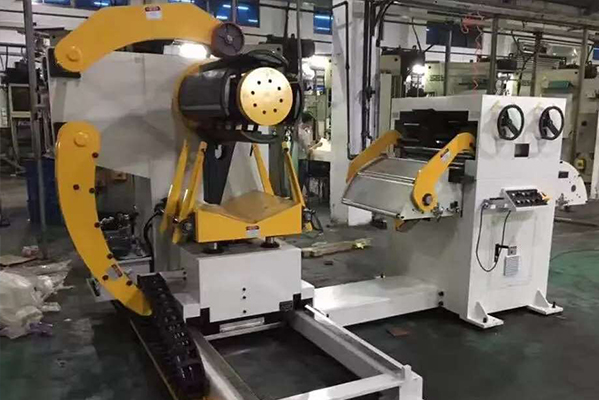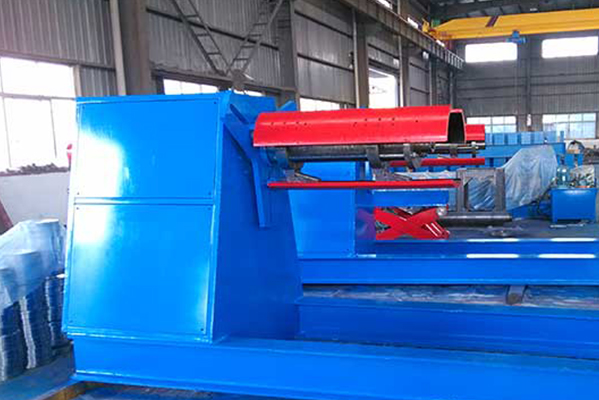Navigation Menu
Contact Us
- Email:
- info@wxavatar.com
- Address:
- Yurong Village, Yuqi Street, Huishan District, Wuxi, China.
Release Date:Jun 15, 2025 Visit:45 Source:Roll Forming Machine Factory
In the metal processing industry, efficiency and adaptability are key factors that influence production outcomes. The hydraulic decoiler, particularly the 10 ton model, has become a common equipment choice in many facilities. But as production demands shift and processing standards continue to evolve, there is growing interest in whether this equipment can continue to meet the needs of modern metal processing plants.

The Role of the 10 Ton Hydraulic Decoiler in Metal Processing
The primary function of a hydraulic decoiler is to support and uncoil heavy metal coils smoothly and efficiently. The 10 ton hydraulic decoiler is specifically designed to handle medium to large coils, providing reliable feeding support for various metal forming processes such as stamping, cutting, and roll forming.
Metal processing plants often rely on hydraulic decoilers for their stable operation, adjustable tension control, and ability to handle different coil widths and thicknesses. These machines typically offer features like hydraulic expansion, motorized rotation, and braking systems, which contribute to steady material flow and reduce manual intervention.
Adaptability to Evolving Production Requirements
As customer demands diversify, production lines are required to handle a wider range of materials and sizes. Modern metal processing plants are now working with a mix of high-strength steels, aluminum sheets, and coated metals, each requiring specific handling techniques. The 10 ton hydraulic decoiler, with its adjustable clamping and speed control systems, provides the flexibility to accommodate these variations.
Moreover, as processing speeds increase, the ability of the decoiler to maintain stable coil tension and precise alignment becomes even more critical. Many current 10 ton models are equipped with upgraded hydraulic and control systems that offer better synchronization with other production equipment, improving overall workflow efficiency.
Maintenance and Operational Considerations
Ease of maintenance is another factor influencing the suitability of hydraulic decoilers in modern facilities. Many manufacturers now design decoilers with simplified hydraulic systems and accessible components, which helps reduce downtime during routine inspections or repairs.
In addition, the ability to integrate with automated lines has become a significant consideration. Some advanced 10 ton hydraulic decoilers support automated coil loading and unloading systems, which can help minimize manual handling and improve workplace safety.
Challenges and Future Development
While the 10 ton hydraulic decoiler meets many current production needs, it may face challenges in keeping pace with future demands. For example, as metal processing plants continue to adopt high-speed and fully automated production lines, the integration requirements for decoilers will become more complex.
Further advancements in control systems, real-time monitoring, and compatibility with digital factory management platforms may be necessary to ensure long-term adaptability.

Conclusion
The 10 ton hydraulic decoiler remains a valuable and widely used piece of equipment in metal processing plants. Its ability to handle large coil weights, support varied material types, and integrate into different production lines allows it to meet many evolving industry requirements. However, as processing speeds, automation levels, and material diversity continue to grow, the design and functionality of hydraulic decoilers may need further innovation to fully align with the future direction of metal processing operations.